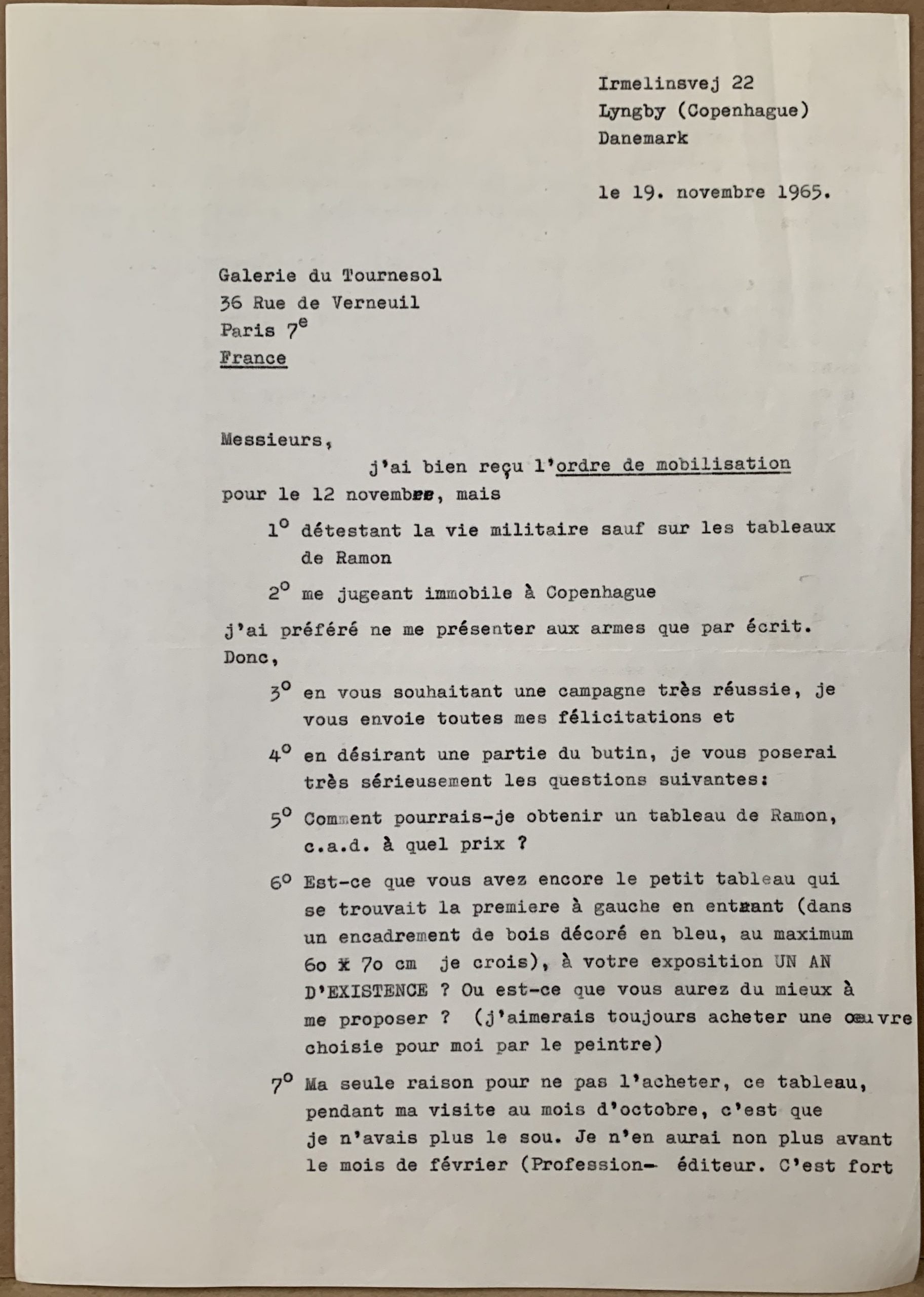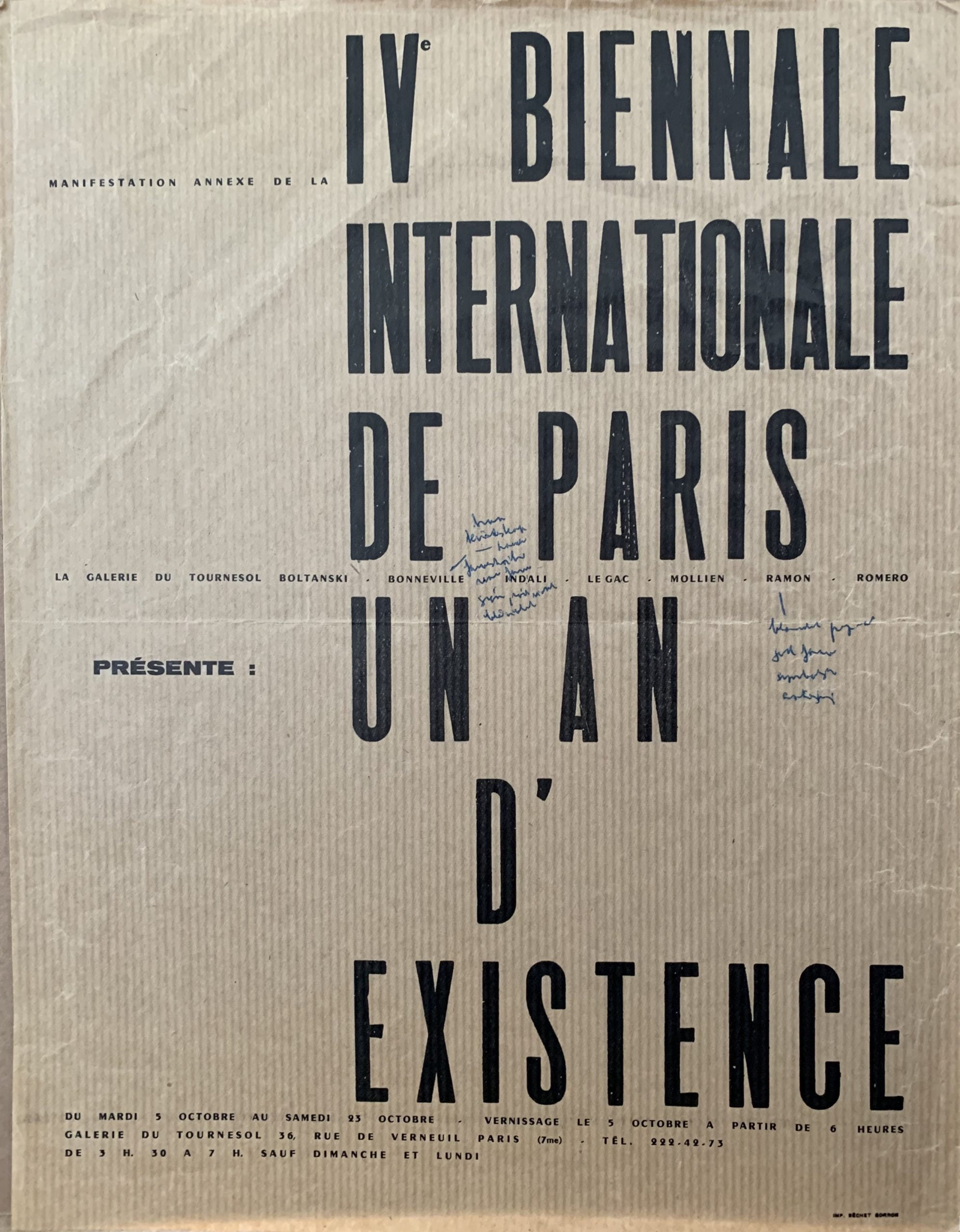London: Institute of Contemporary Arts, 1965
20.5 x 21cm, 82pp plus card covers. Spiral bound. An anthology of experimental and concrete poetry which was published as the exhibition catalogue for a show at the ICA of the same title. Curated by Jasia Reichardt - who also wrote the long text - this was a breakthrough exhibition which brought works by Ian Hamilton Finlay, Jiri Kolar, Hansjorg Mayer, Pedro Xisto, Ladislav Novak, Dieter Rot, and numerous others to the attention of the British public.
Finlay like the others has a short biography and then Reichardt lists a number of works and publications up to 1965. EarthShip (the rare paper sculpture) is reproduced in b/w and a letter from Finlay to Pierre Garnier from 1963 is also printed which could be regarded as the former poet's credo. Similar texts for the other artists. VG+.
...

















